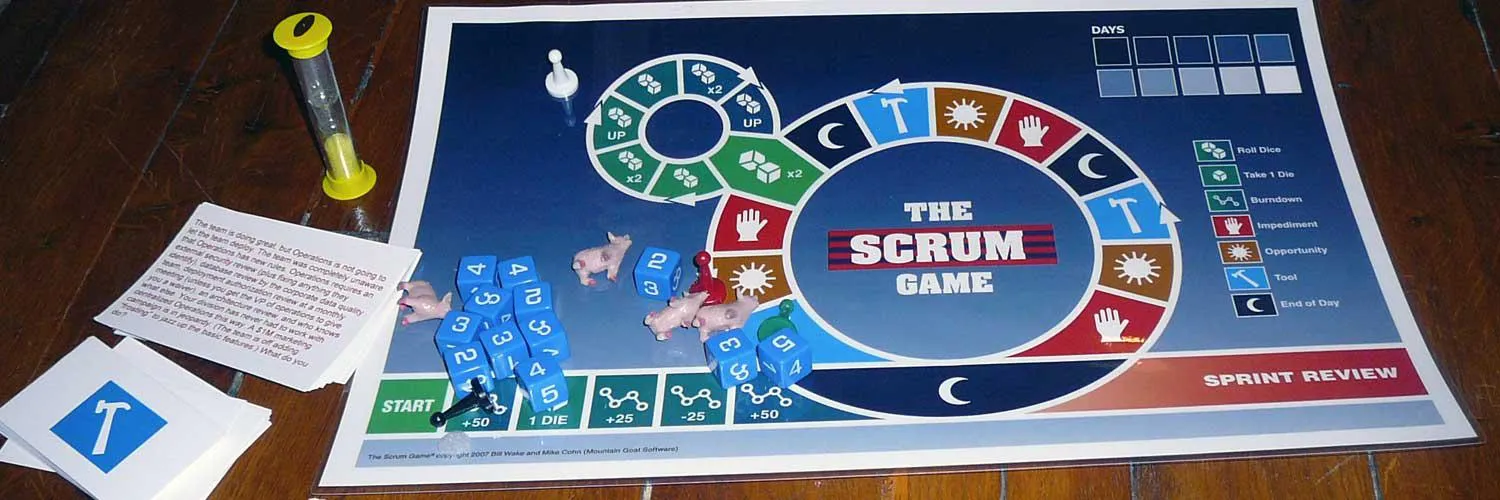Scrum is a popular framework traditionally used in team environments to manage and execute projects efficiently. However, its principles can also be effectively applied to personal projects, allowing individuals to enhance productivity and organization. This article explores how to implement the ''Scrum framework'' for personal tasks, maximizing your potential and achieving your goals.
Understanding the Scrum Framework
The ''Scrum framework'' is built on a few core components: roles, events, and artifacts. By adapting these elements for personal projects, you can create a streamlined process tailored to your unique needs. Here’s a brief overview of these components:
| Component | Description |
|---|---|
| Roles | In personal Scrum, you act as the ''Product Owner'', ''Scrum Master'', and ''Development Team''. This means you define your goals, facilitate your process, and perform the tasks necessary to achieve those goals. |
| Events | Key events include the ''Sprint Planning'', ''Daily Scrum'', ''Sprint Review'', and ''Sprint Retrospective''. These can be adapted to fit your schedule and goals. |
| Artifacts | Artifacts include the ''Product Backlog'' (a list of tasks), ''Sprint Backlog'' (tasks selected for the current sprint), and the ''Increment'' (the completed work). These help you visualize your progress. |
Setting Up Your Personal Scrum
To start applying the ''Scrum framework'' to your personal projects, follow these steps:
1. Define Your Goals
Begin by identifying the outcomes you want to achieve. What personal projects are you passionate about? Whether it’s writing a book, starting a blog, or learning a new skill, clearly defining your goals will give you direction.
2. Create Your Product Backlog
Your ''Product Backlog'' is a prioritized list of tasks and features related to your goals. Break down your larger objectives into smaller, manageable tasks. For example:
| Project | Tasks |
|---|---|
| Writing a Book | Outline chapters, write first draft, edit draft, seek feedback |
| Learning a New Skill | Research resources, schedule practice times, track progress |
3. Plan Your Sprints
Decide how long your sprints will be. A common duration is two weeks, but you can adjust this based on your availability and project needs. During ''Sprint Planning'', select tasks from your ''Product Backlog'' to focus on in your sprint.
4. Daily Scrum
Even as an individual, holding a ''Daily Scrum'' can be beneficial. Spend 10-15 minutes each day reviewing your progress. Ask yourself three questions:
- What did I accomplish yesterday?
- What will I work on today?
- What obstacles are in my way?
This practice helps maintain focus and accountability.
5. Review and Retrospective
At the end of each sprint, conduct a ''Sprint Review'' to assess what you’ve accomplished and gather any feedback you might need. Following this, hold a ''Sprint Retrospective'' to reflect on what went well and what could be improved. This is a critical step for continuous improvement in your personal projects.
Benefits of Using Scrum for Personal Projects
Applying the ''Scrum framework'' to your personal projects can bring several benefits:
- Increased Focus: Scrum encourages you to concentrate on a limited number of tasks, reducing overwhelm.
- Accountability: Regular meetings and reviews keep you accountable for your progress.
- Flexibility: You can adjust your priorities and tasks based on your evolving goals.
- Improved Time Management: By breaking tasks into sprints, you can better manage your time and resources.
Tools to Support Your Personal Scrum
To effectively implement ''Scrum for One'', consider using tools that can help you manage your tasks and sprints:
| Tool | Purpose |
|---|---|
| Trello | Visualize your ''Product Backlog'' and track progress through boards. |
| Asana | Manage tasks, set deadlines, and monitor your sprint progress. |
| Notion | Create a customized workspace for your goals, backlogs, and notes. |
Conclusion
By applying the ''Scrum framework'' to your personal projects, you can create a structured approach that enhances your productivity and helps you achieve your personal goals. Whether you are working on a side project or pursuing a personal interest, Scrum can provide the framework you need to succeed. Start your journey with Scrum today and watch your personal projects flourish!





